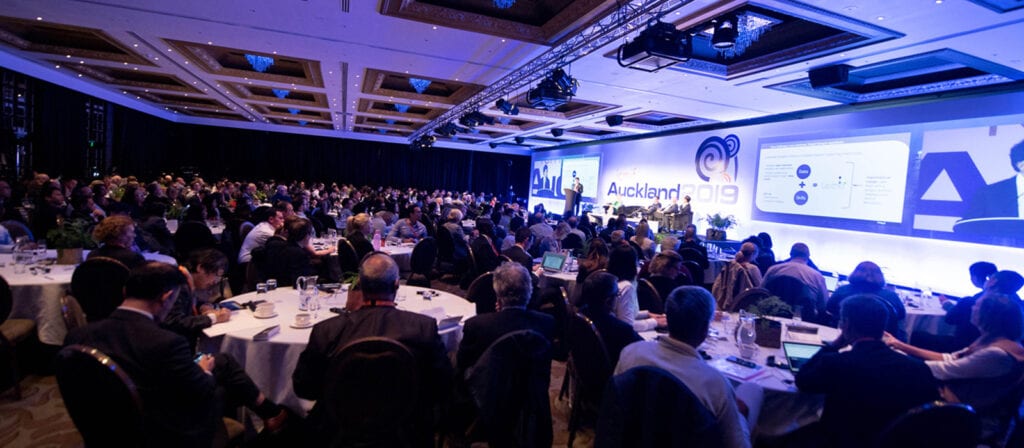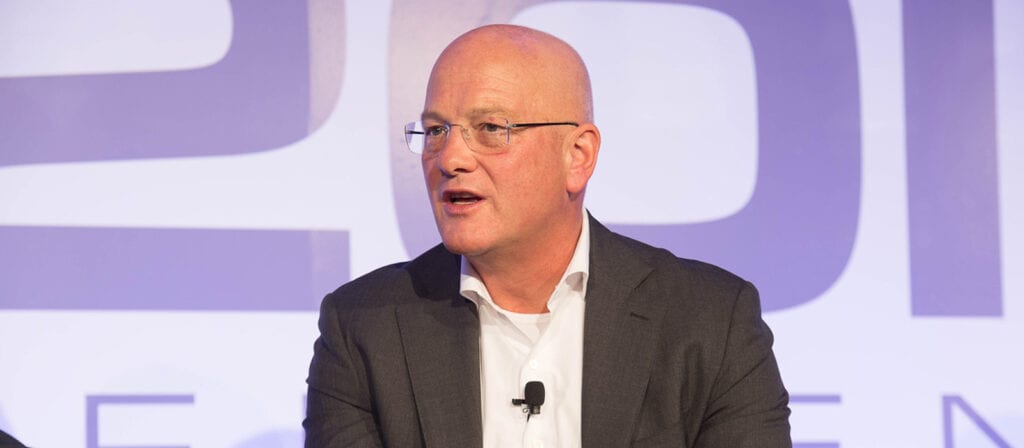Throughout its history, being a cooperative has helped P&V Group (Belgium) make a difference for its customers and have a positive impact on society. However, in today’s changing world, it must build on these competencies and transform its business model in order to remain relevant for the customer of the future.
Translating this transformation into P&V’s strategy is the sum of four parts:
- The evolution of solutions and value-added services – simple, connected and a shift from protection to prevention.
- The evolution of interaction model – current product distribution is mostly through agents and brokers, but the customer of the future will be “phygital” and will sometimes prefer physical interactions and sometimes prefer digital interactions. Therefore, Omnichannel is key to fit with needs of customers and partners.
- Open innovation – helping to connect with platforms and leveraging data analytics to offer personalised and relevant solutions to customers.
- Cultural change – a change in mindset to embrace the transformation (“culture eats strategy for breakfast”)
Through an integrated offer of value propositions (encouraging prevention and sustainable services) and a new interaction model with brokers and customers, P&V is preparing to operate in today’s and tomorrow’s ecosystems. It is focused on six ecosystems: mobility, home and family, SMEs, pension, health, and longevity.
P&V wants to change its interaction model towards customer orientation (every customer conversation starts with the customer, rather than the transaction); omnichannel communication (the customer is “phygital”); and open architecture (connecting the customer to ecosystems throughs APIs).
Enabling an evolution to insurance-as-a-service requires P&V to combine the ecosystem-centric and user-centric perspectives: the “Product Office” defines the customer journey per ecosystem, and the new “Digital Office” defines the digital user experiences of brokers, agents and customers.
As a result, P&V improves the commercial efficiency, the ease of use and therefore the digital experience of intermediaries and customers. The objective of the Digital Office is to create a digital competence centre for all distribution brands in order to serve the customer, the agent and the broker in their journeys.
Through an integrated offer of value propositions, services and partnerships, P&V can create a virtual circle of customer engagement. It is able to develop insurance-as-a-service value propositions together with partners and insurtechs. Examples in the mobility ecosystem, include WeCover, a usage-based insurance for young drivers, and CliClover, an on-demand insurance for motorcycles.
P&V’s business model transformation can be summarised as:
- From process, planning and control, to ability, experiment and networks
- From process-orientated to customer-orientated
- From product-orientated to solutions and ecosystem-orientated
- From protection to prevention
- From single channel to omnichannel
- From complex products to simple, personalised data-driven solutions
- From closed architecture to open architecture.





